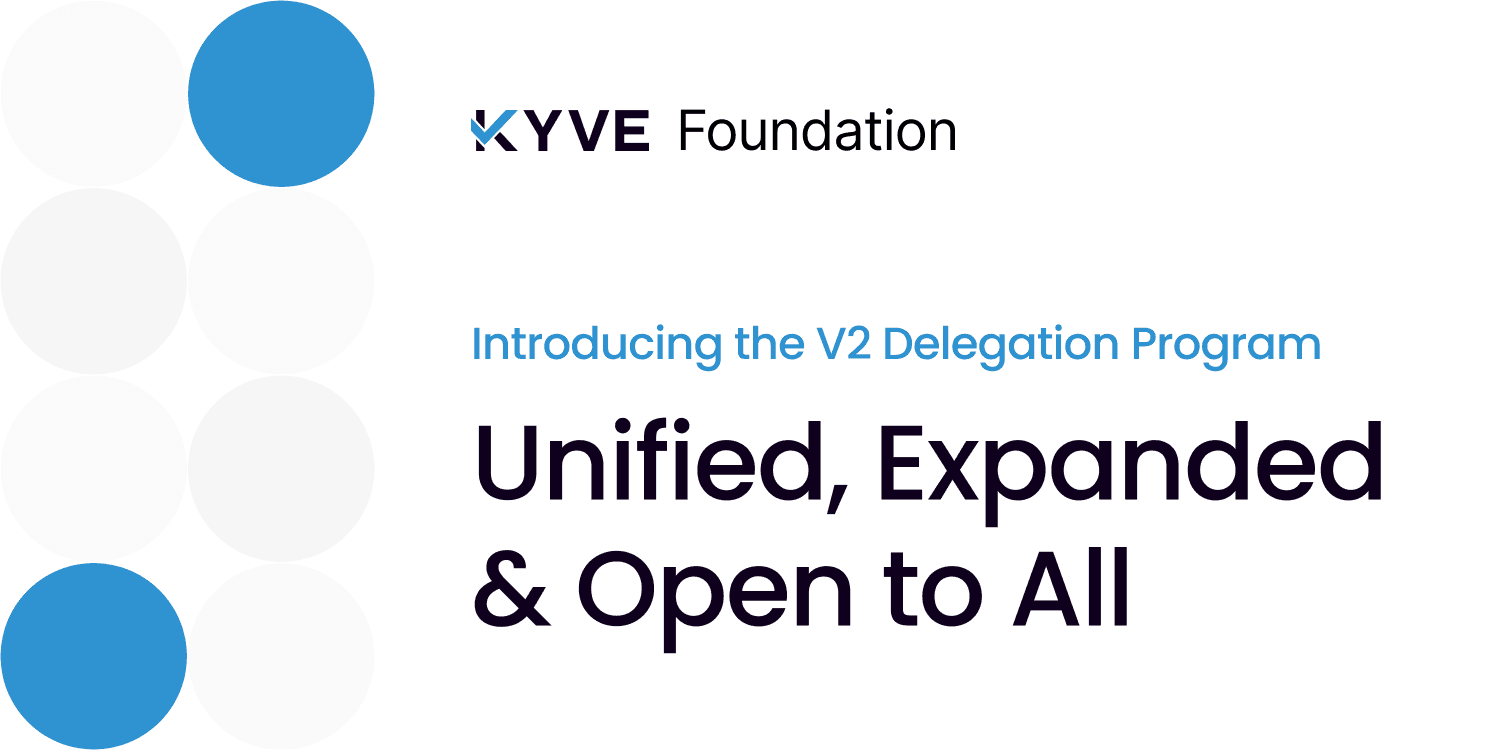KYVE
Osmosis
About this collaboration
The Decentralized Osmosis Archival Node
By integrating with KYVE, Osmosis replaces full archival nodes and permanently stores its blockchain data (blocks, block results, and state snapshots) on Arweave in a trustless, decentralized manner. This integration streamlines access to essential data for developers and projects working on Osmosis, including seamless syncing of nodes and real-time data analysis-all while eliminating centralization in data storage.KYVE currently archives Osmosis block and transaction data on mainnet, with state snapshots available on its testnet Kaon.
Our tooling
Our Data Pools
Our Impact
KYVE's integration has significantly transformed how Osmosis manages its blockchain data. By offloading historical data to KYVE, Osmosis ensures that all transaction results and snapshots are permanently stored and readily available for analysis, providing scalability for the ecosystem. Developers, node operators, and analysts can seamlessly access critical transaction data, knowing it is stored securely.
Furthermore, KYVE's KSYNC tool has streamlined node synchronization, improving the overall resilience of the Osmosis network. Node operators can synchronize their nodes from any point in the blockchain's history with unparalleled efficiency, reducing the time and resources needed to bring nodes online. Moreover, the Data Pipeline enhances how cross-chain liquidity operations and transaction analyses are handled, making it a key tool for the Osmosis ecosystem.
Our Blog
More on KYVE x Osmosis

KYVE Foundation Delegation Program: Unified, Expanded & Open to All
The KYVE Foundation introduces a unified delegation program that brings together prior initiatives into one streamlined framework. Designed for clarity and efficiency, this program offers expanded validator participation, updated commission structures, and a commitment to transparency and community engagement in advancing the KYVE Network.

Building the Future: How KYVE Network Powers the Next Generation of AI Agents
Learn how KYVE Network makes AI smarter and more reliable by providing accurate, decentralized data. With DataWave, AI agents can create, analyze, and deliver trustworthy insights—solving the challenges of inconsistent and inaccessible blockchain data.

Merging KYVE's Consensus and Protocol Staking Layers
It’s official! KYVE is merging its Protocol and Consensus staking layers, enabling all validators to be able to join protocol data pools, set custom commission rates, and allocate stake fractions. This also opens up the network to more delegator opportunities and an easier, more streamlined staking experience.


